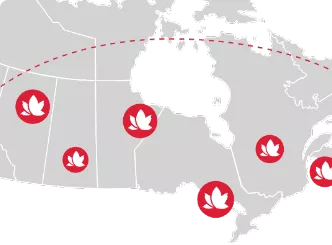
Myofascial Release Therapy
Myofascial pain shows up in all sorts of different ways: you could have lost some flexibility after an injury, noticed painful “knots” in your muscles that are restricting your movement or have ongoing pain in your legs, shoulder, hips or back.
Maybe you’ve tried other treatments with little or no success. Myofascial release therapy could be the answer to your chronic pain.
To understand the solution (myofascial release), you have to first understand the problem (myofascial pain syndrome).
Myofascial pain syndrome is a chronic pain disorder caused by sensitivity and tightness in the myofascial tissues, comprised of muscle (“myo” meaning muscle) and fascia.
What is fascia?
Fascia is the thin connective tissue that runs all over your body, creating an uninterrupted web that supports your bones, organs, nerves and blood vessels, along with all your muscles. It absorbs shock and helps your muscles move as part of the myofascial system. As a result, it can accumulate trauma from sudden injuries, damaging repetitive movements and chronic conditions.
Restrictions in the myofascial tissues can often be traced to specific points on the body, known as “trigger points,” which can cause pain in other parts of the body, even parts that don’t seem directly connected. This is known as referred pain.
Myofascial pain syndrome is more than just muscle discomfort, which everyone experiences from time to time. The discomfort of myofascial pain syndrome will continue to bother you or even get worse, long after the known cause has passed.




